Even the monkeys stopped their quarrels to listen. The gongs and knahs conveyed their dreams of a full and energetic life to the gods who ruled over human life.
Looking at the elders in traditional red and black knuk ky, sitting solemnly on the kpan chair in the long house, playing the gong song Calling for reunion or sad gong songs, happy gong songs for all events happening in the village, the children wished that one day they would also have the honor of holding the knah gong, proudly playing along with the old artisans under the admiring eyes of the sisters in the village.
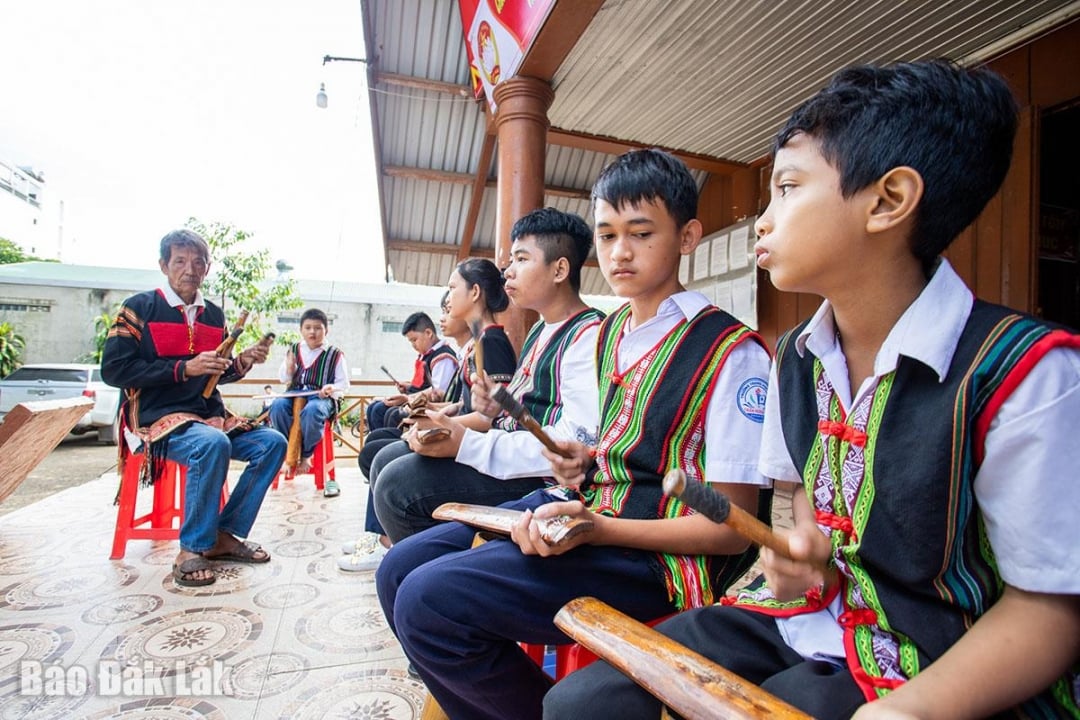 |
| Artist instructs children on how to play the kram gong. Photo: Nguyen Gia |
The buffalo children gathered in the grazing areas on the grasslands or in the open forest, often using wooden sticks collected in the forest, beating randomly to imitate the rhythm of the knah gong set that the old artisans often performed very well in those festivals. Until one morning, a person stopped by the group of children, he taught them to cut 7 old kram (bamboo) sticks, carve them, and beat them to make them sound like knah gongs. Then he told the children to practice playing like that. And so the kram gong set was born, for young people to practice outside the village (because knah gongs are only allowed to be played in the long house when the village or a family has happy or sad events).
The clear sound of bamboo hitting bamboo often resounds in the grasslands, fulfilling the dreams of children that one day they will join hands with the elderly artisans, playing gongs on the kpan of the long house. What is special is that the kram gong is only found in the traditional musical instrument treasury of the Ede people.
After 1975, there was a period when the Central Highlands festivals were equated with the movement to eliminate superstition, so they were not held. The knah gong stopped sounding. The kram gong was absent because the children were no longer interested in practicing it. Until 1980, Chairman of the Dak Lak Provincial People's Committee Y Ngong Nie Kdam signed a decision to assign the Department of Culture and Information to organize a campaign to collect folk culture of Dak Lak province (the documents of this large-scale collection later became documents for compiling the book "Dak Lak Gazetteer"). All cultural sector officials were mobilized to participate in that field trip. And the kram gong was "found", restored, and appeared in the province-wide folk culture festival. In 1982, Meritorious Artist Vu Lan had the initiative to add a bamboo tube to each gong, making a resonance box, making the sound of the kram gong more complete and resonant.
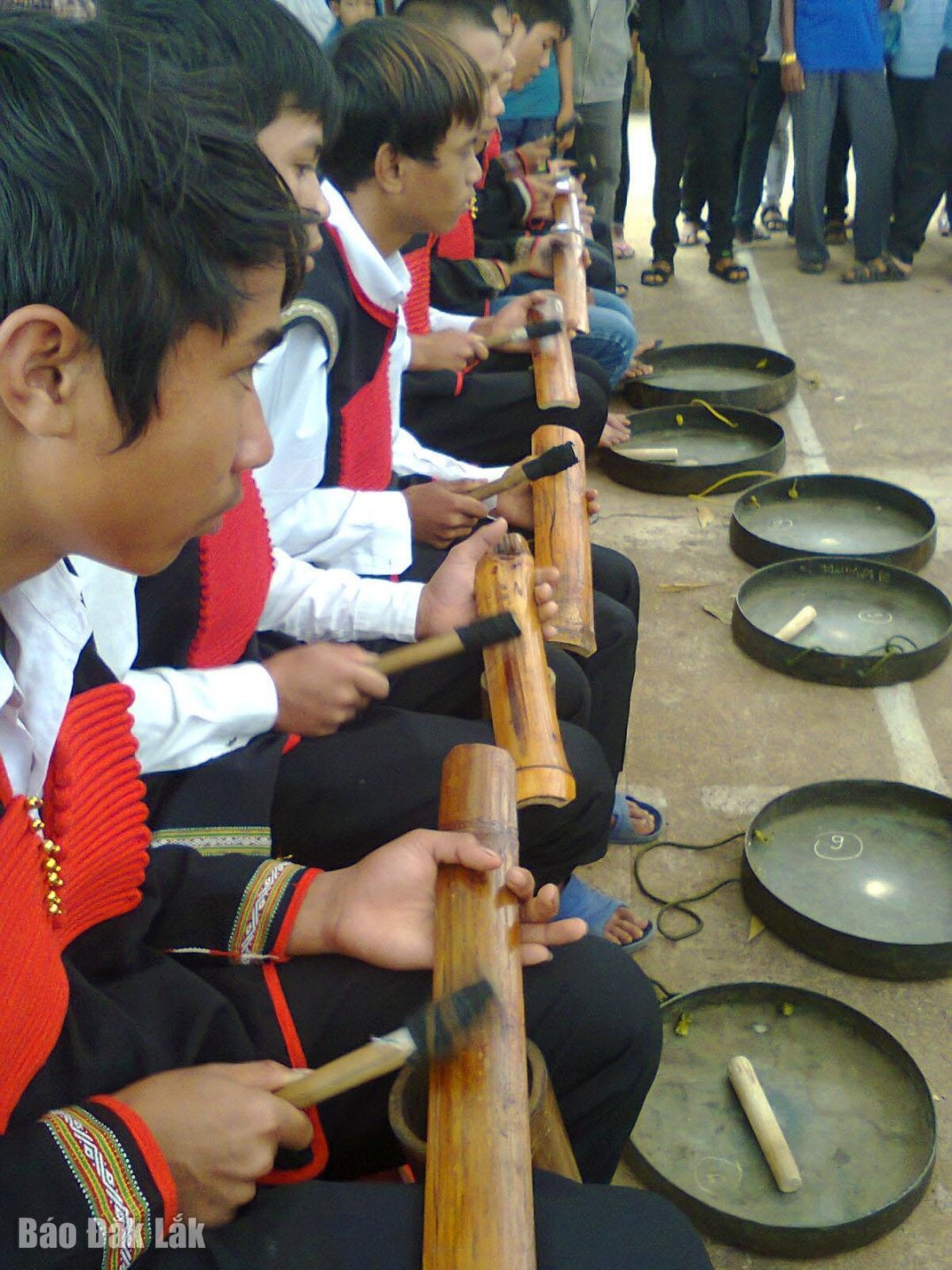 |
| Gong performance. |
In 2005, when the Central Highlands Gong Cultural Space was recognized by UNESCO as a Masterpiece of Oral and Intangible Cultural Heritage of Humanity, the sounds of the Central Highlands gongs in general, and the knah gongs and the Ede kram gongs in particular, were truly revived.
With the traditional function of training for young people, kram gong classes are regularly held in villages during the summer. Even overcoming prejudice, there are classes that have created female gong groups that play knah and kram gongs as skillfully as elderly artisans.
Like the female gong ensembles of Kbu and Tuor villages (Buon Ma Thuot City) or Krong Pac district. Kram gongs are also regularly present at gong cultural festivals or cultural days, and even mass art competitions...
It is worth noting that the kram gong has become an extremely popular musical instrument in all villages, not only for young people but also for elderly artisans who are ready to perform at festivals or to welcome guests in tourist areas.
The improved kram gong with 2 sets also appears in the performance programs of traditional music orchestras of professional art troupes, not only in Dak Lak, Phu Yen, Gia Lai, Kon Tum where the indigenous ethnic communities of the Central Highlands live, but also in orchestras in big cities like Ho Chi Minh City, Hanoi . The kram gong stands proudly together, blending the rhythm and sound of bamboo with musical instruments such as the t'rung, ding pah, and even the zither, monochord, and moon lute... Congratulations to an Ede musical instrument that has not only revived but also become popular in the villages.
If there is anything to say, it is that making a kram gong set is not something that everyone can do. It requires a person with a very high ability to appreciate sound, with skillful hands to create the standard sound of the knah gong set; even finding old bamboo trees that are "ripe" enough to make gongs is gradually becoming difficult. Besides, there is the loss of many types of Ede folk musical instruments...
Source: https://baodaklak.vn/van-hoa-du-lich-van-hoc-nghe-thuat/202506/su-hoi-sinh-cua-chieng-kram-a4e0a8c/












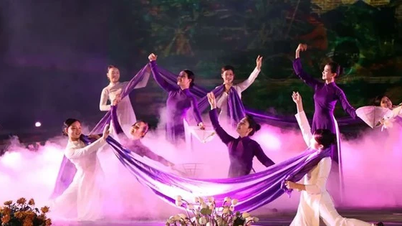




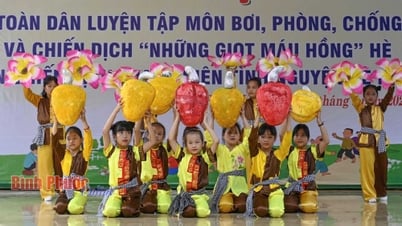




























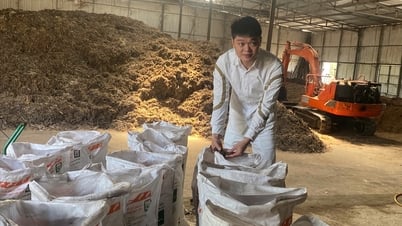




























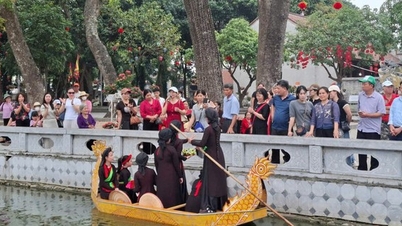


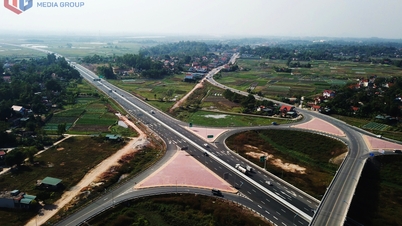












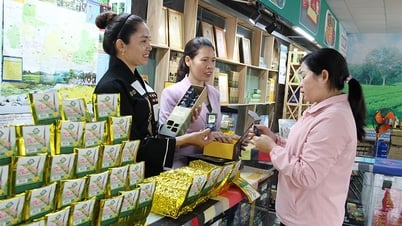
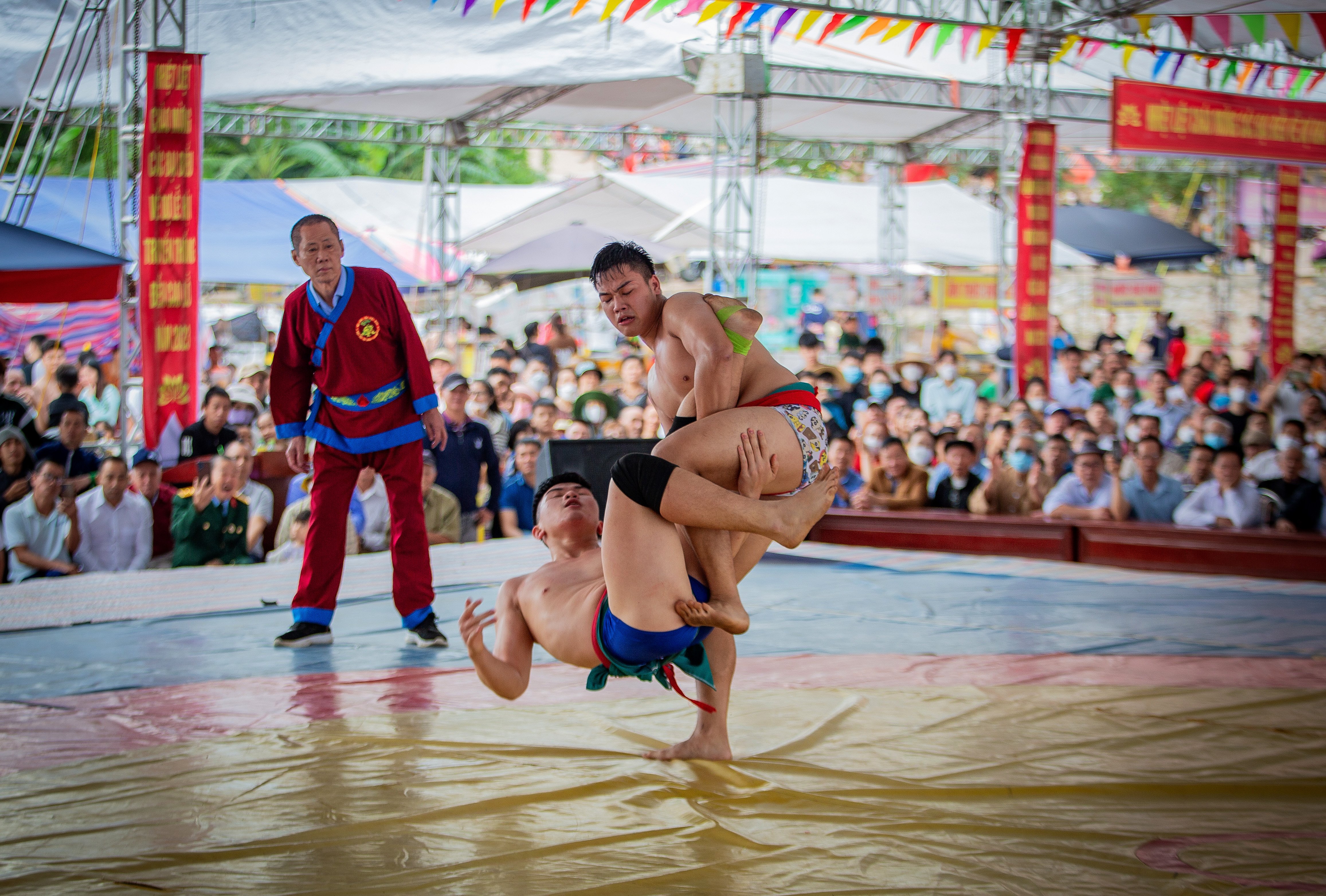



Comment (0)